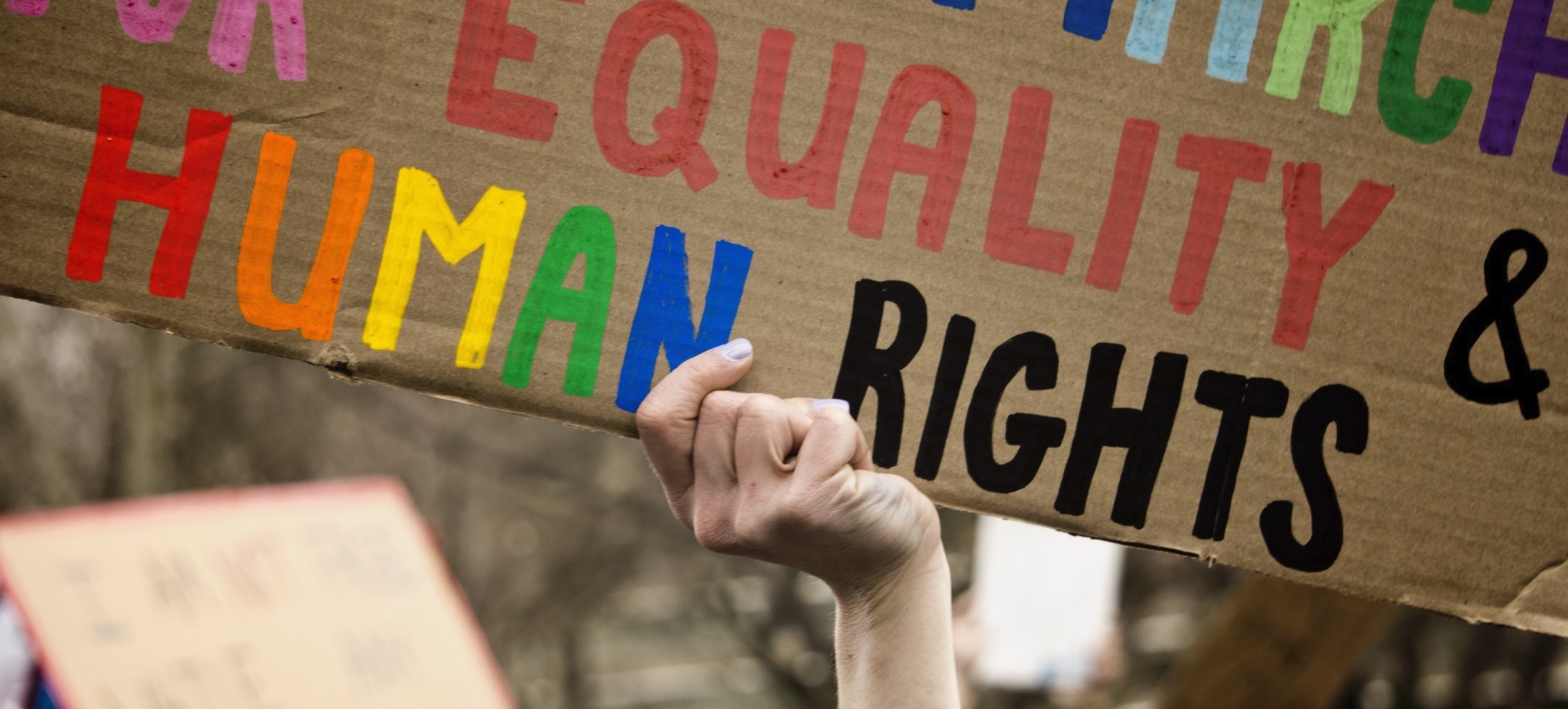
The death of George Floyd was a wakeup call for many Americans about how deeply systemic racism runs in the United States. As a white, LGBTQ+ woman, I understood some of the injustices that come with being “different,” but I didn’t fully understand what my Black friends, colleagues and fellow Americans endure daily in our country. I needed (and wanted) to take a harder look at my own privilege and how I can help make change for good.
This conversation has been prevalent at Next PR, starting at the top with our executive team. I’ve had many conversations with my executives, including our CEO Heather Kelly, about systemic racism and homophobia. As just one example, Heather reached out to me via text about the Supreme Court’s recent ruling supporting LGBTQ+ employees and expressed her happiness. To know my CEO has my back, and is vocal about it, is something I don’t take for granted.
As an agency, we’ve committed ourselves to listening, learning and discovering how each of us can become a better ally for both the Black and LGBTQ+ communities. With Pride month starting alongside the Black Lives Matter protests, we realized being an ally – and being open to learning how to be a better ally – is more important now than ever.
My definition of “ally” means I’ll be an agent of positive change. How can we all become a better ally? This is an ongoing conversation that must evolve with time. Below I’ve shared some of the ways we’re pausing to reflect on our current state of allyship, and how we’re vowing to support Black and LGBTQ+ communities moving forward.
Listen and Learn
It’s impossible to move forward if we don’t understand our past. We will:
- Educate ourselves by reading books on racism and LGBTQ+ discrimination in the United States
- Invite experts from our communities to discuss diversity and inclusion with our team
- Share the insights we’re learning on social media so not only our team, but also our network, can learn from these experts (Follow us on Twitter, Instagram, Facebook and LinkedIn if you’d like to join this journey)
- Have honest conversations within our organization and encourage our team members to talk with friends and family about race, homophobia, transphobia and more
It’s hard to have the hard conversation. Personally, I like to ask my friends and family questions like, “What’s difficult for you to understand about X? How can I help answer your questions?” That way, I give them a safe space to ask questions they might feel embarrassed to ask, such as what the “L” means in “LGBTQ+,” or why criticizing looters shouldn’t be the focus when discussing BLM protests.
Use Our Superpowers to Make Change
Our CEO Heather Kelly has said, “We can all be upset about a national tragedy, but what are we doing to end the culture allowing it to happen?” Not everyone can donate thousands of dollars to organizations they support, but we can each do something. Here are examples of ways we’re encouraging our team members to contribute to the movement in their own communities:
- Support Black-owned businesses
- Stay informed on current events, while practicing digital literacy to ensure you understand topics from multiple viewpoints
- Amplify Black and LGBTQ+ voices by seeking out their podcasts, webinars, trainings, audiobooks, etc., and sharing with friends and family
- Sign petitions and contact government leaders for issues that matter most to you
- Acknowledge your privilege and make conscious efforts to question any explicit or implicit biases you carry
For example, although I’m a member of the LGBTQ+ community, I’m “heterosexual-appearing,” which means I come across as straight to most people who see me in the grocery store or at the park. I don’t look like a “traditional,” masculine lesbian, so I don’t get many glares. That, on top of being white, is privilege I need to acknowledge.
While it’s inspiring to see this current wave of statements coming from businesses of all sizes and in all industries, it’s so important to acknowledge these issues won’t magically resolve themselves once the “trend” dies down. Making real, systematic change will take time, effort, education and action.
So, what’s next for us? First, our executive team is scheduling diversity trainings throughout the rest of the year, bringing in outside experts and having the hard conversations within our team. These diversity efforts will not exist behind closed doors. We will be sharing takeaways, conversations, musings and more from our team on social media, and asking our community to weigh in with their own thoughts.
We also acknowledge the great power we have as communicators. We vow to raise the voices of powerful leaders every day in the media and online. We have the incredible opportunity to push for more diverse spokespeople in the media, and we vow to never take this for granted.
Not all of us come from the same background or upbringing, but we can all agree that treating others with kindness is the right thing to do. This is the beginning of our conversations around allyship – we recognize making real change inside and outside of our organization will only be possible with consistent conversation, education and action.

Comments